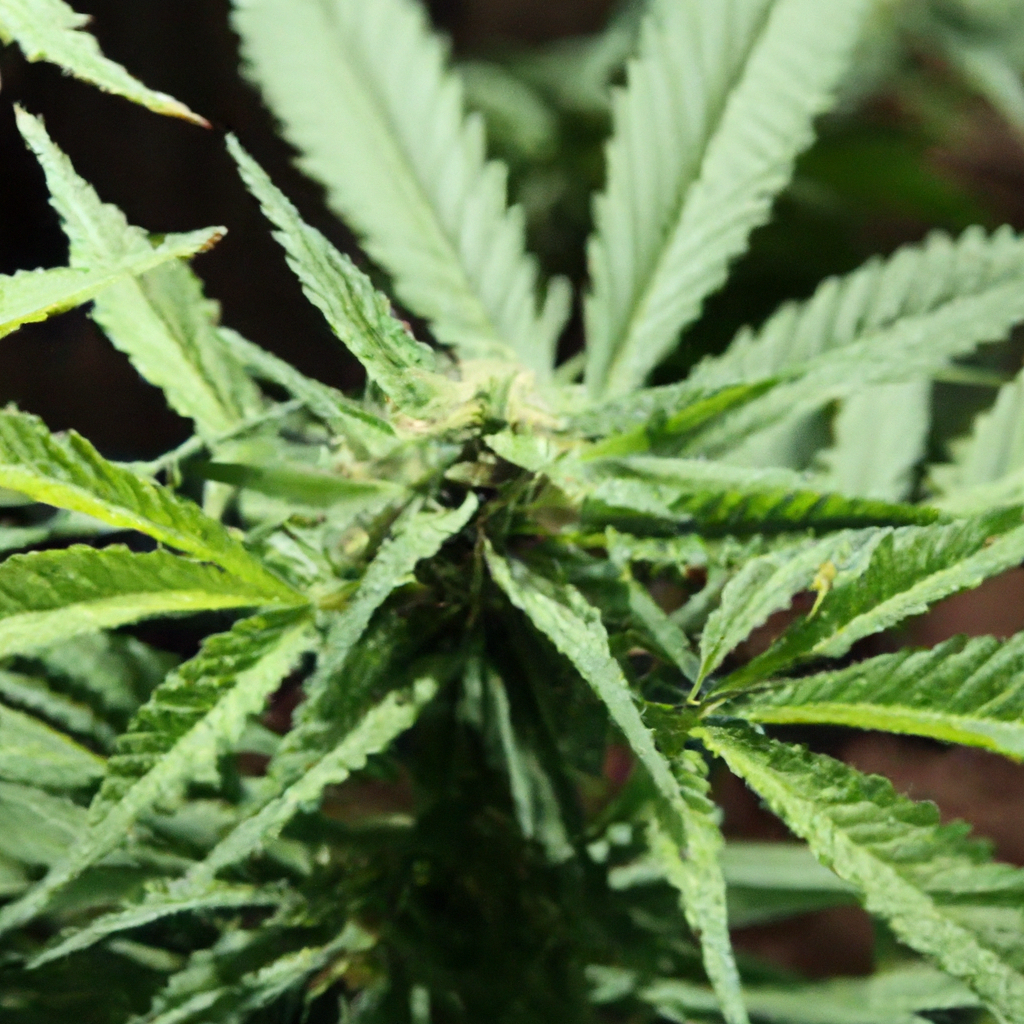“Growing greatness, one strain at a time.” – John “Magic” Greenleaf
Introduction
Cannabis cultivation in arid climates presents unique challenges and opportunities. Whether you’re dealing with limited water resources or extreme temperature shifts, growing in these conditions requires innovative and sustainable techniques. In this article, I’ll share insights and practices honed over decades of cultivation in Colorado’s high-altitude, arid environments.
Understanding Arid Climates
Arid climates are characterized by low humidity, high temperatures, and scarce rainfall. These factors create a delicate balance for cannabis growers. Key challenges include water scarcity and temperature extremes, but these conditions can also lead to more resinous buds and enhanced terpene profiles if managed correctly.
Sustainable Irrigation Practices
Managing water efficiently is crucial in arid climates. Here are some strategies to maximize water use:
- Drip Irrigation Systems: These systems deliver water directly to the plant’s roots, minimizing evaporation and maximizing efficiency.
- Organic Soil Amendments: Incorporate organic matter to improve moisture retention in soil. This reduces the frequency of watering and ensures your plants have a constant moisture supply.
- Mulching: Apply a layer of mulch around your plants to conserve soil moisture and moderate temperature fluctuations.
Temperature Management Techniques
To thrive in arid climates, cannabis must adapt to significant temperature shifts:
- Shade Structures: Use shade cloths during peak sunlight to prevent heat stress while still allowing light penetration.
- Heat-Resistant Strains: Opt for strains known for heat tolerance to ensure resilience during hot spells.
- Nigh-time Cooling: Take advantage of the natural drop in temperatures at night to offset daytime heat through proper ventilation.
Enhancing Terpene Profiles in Arid Climates
One of the perks of arid growing conditions is the potential to boost terpene profiles:
- Controlled Stress: Arid environments naturally stress plants, which can enhance terpene production. Carefully timed water stress can amplify aroma characteristics.
- Specific Genetics: Select strains with naturally high terpene levels that thrive in low-water environments, such as my Mile High Mystique with its lavender and earthy tones.
Conclusion
Arid climates can be both a challenge and a boon for cannabis cultivation. Through strategic water management, temperature control, and strain selection, growers can successfully produce resilient and high-quality cannabis crops. Embrace the lessons of your environment, and let your plants thrive in the least expected ways.
Remember, “The altitude makes us tougher—and so does our weed.”


Leave a Reply